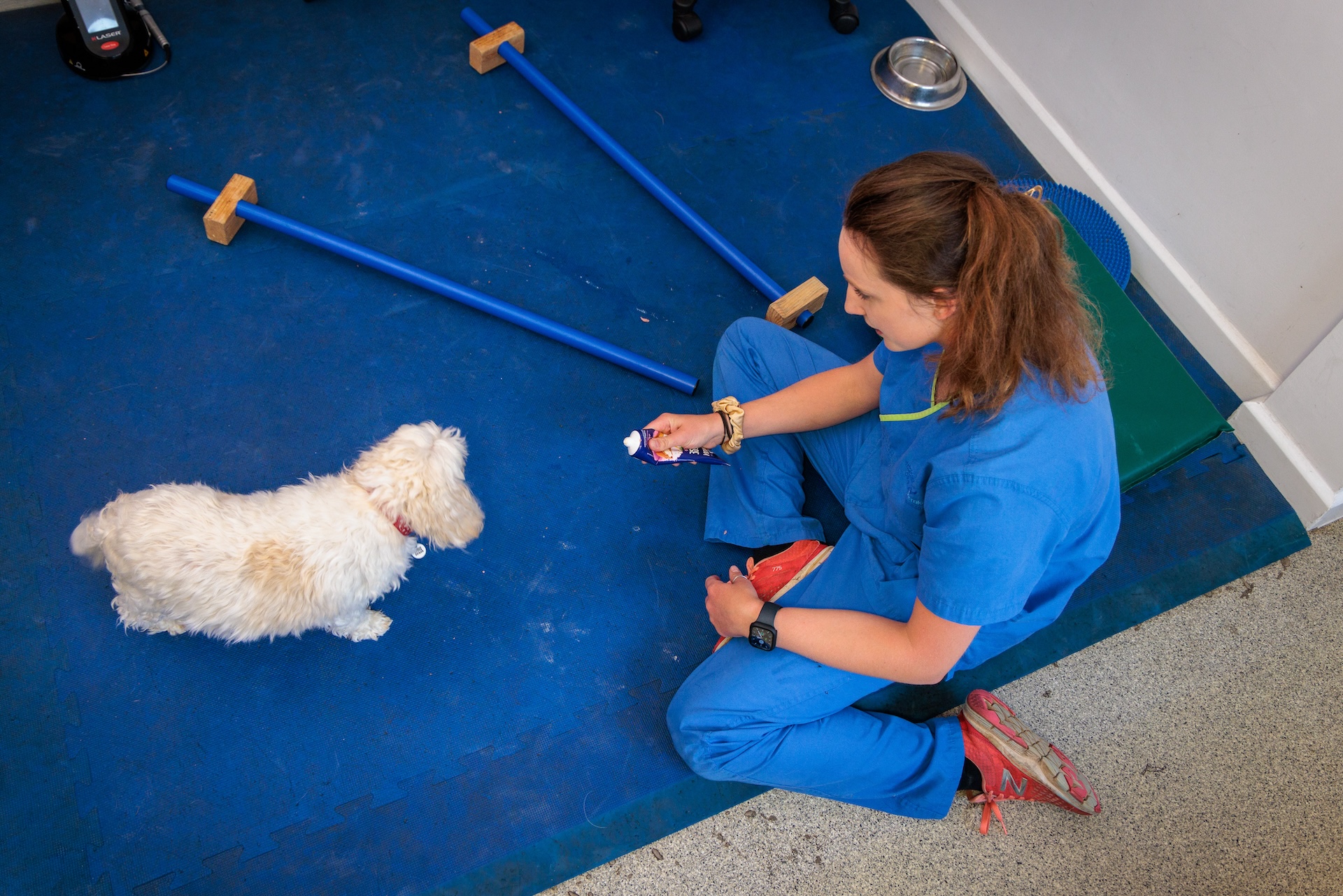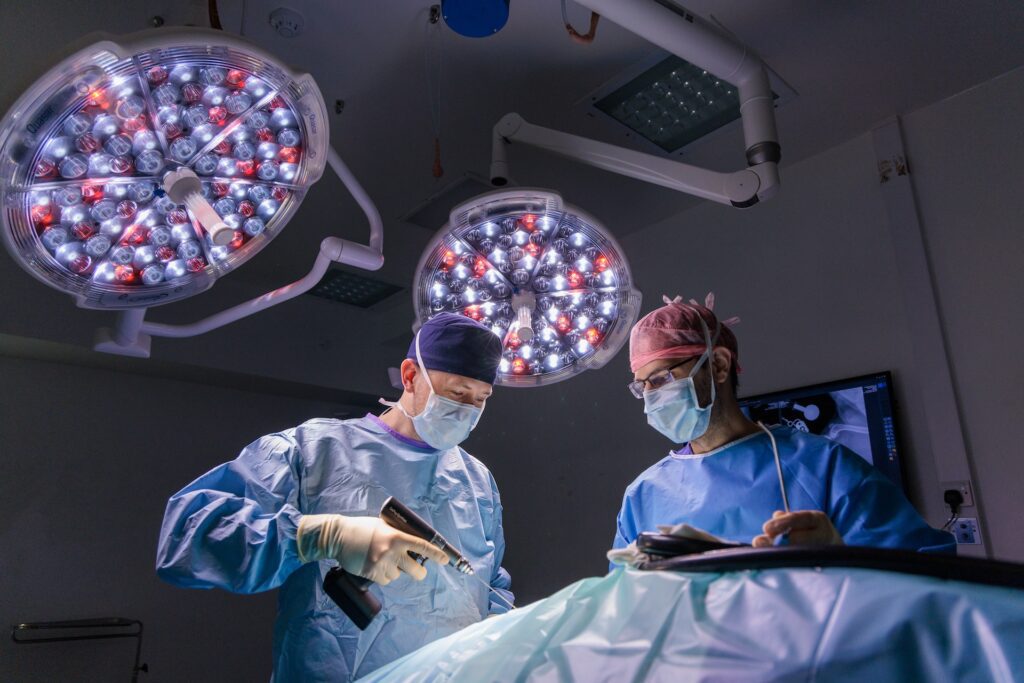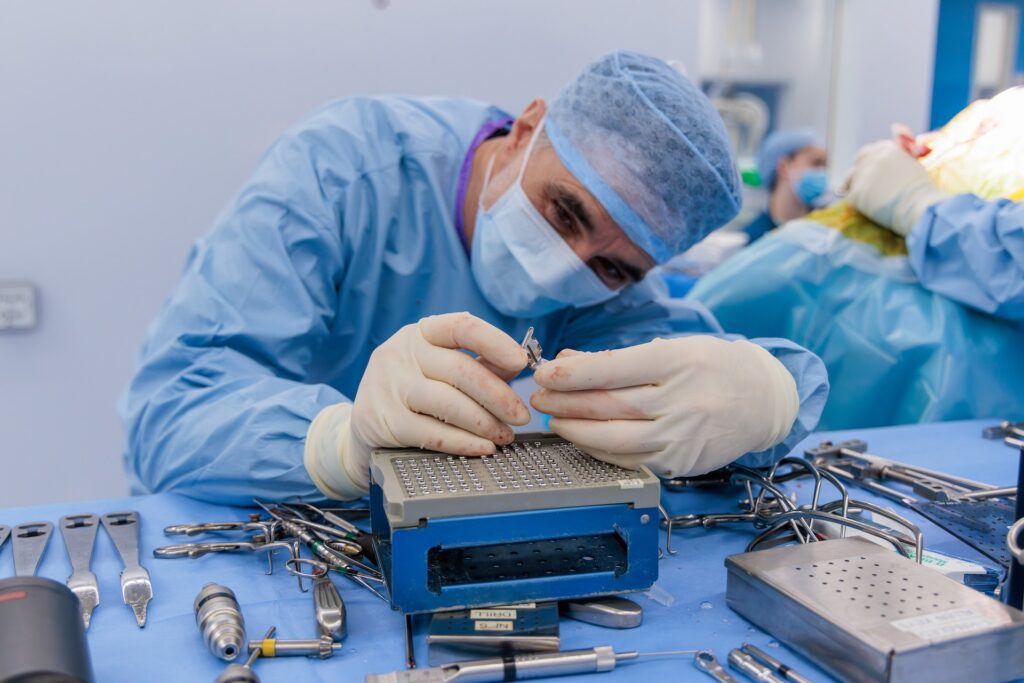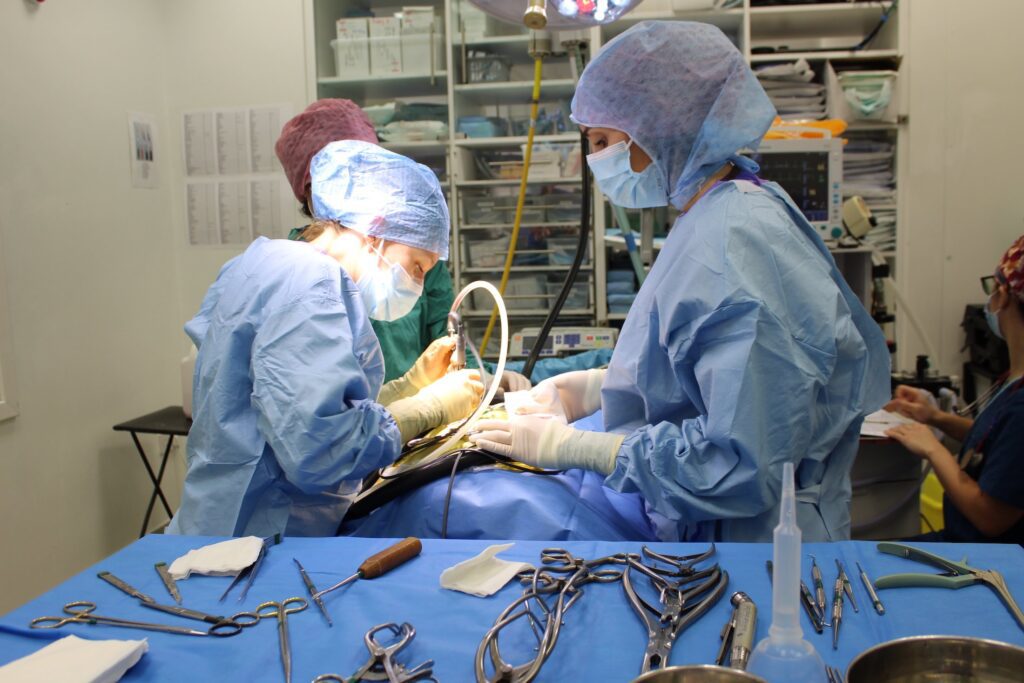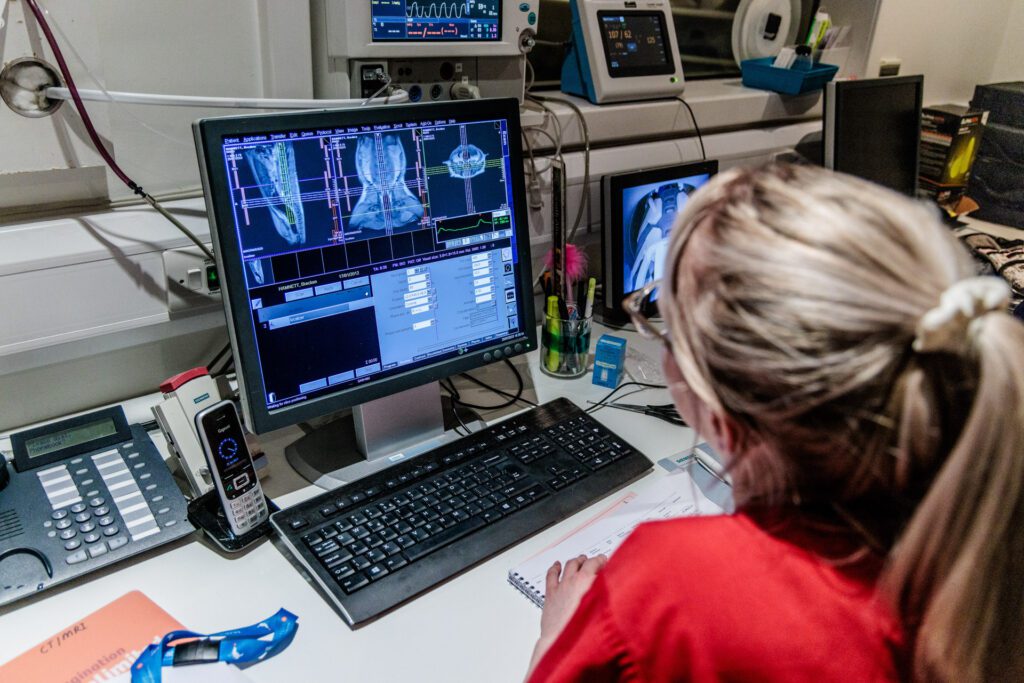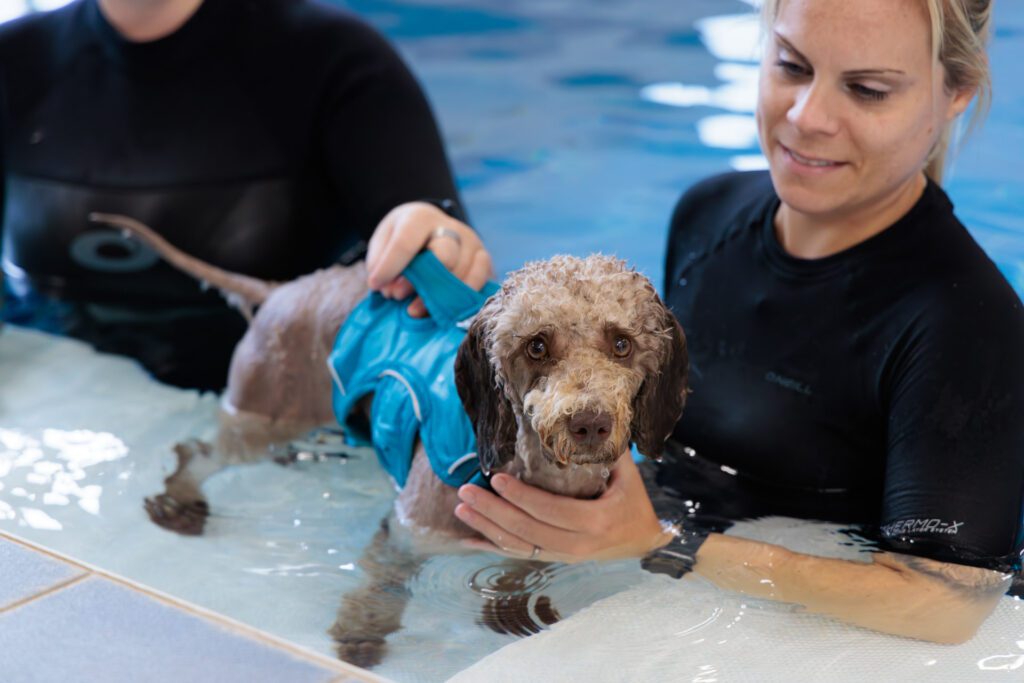Rehabilitation
Ongoing physiotherapy support
Our chartered physiotherapists follow most patients as outpatients once they have gone home for recuperation. These cases are then discharged with a home care plan that includes specific advice and a home exercise programme. Many of these cases will then return for outpatient rehabilitation where their recovery is then progressed until either full function is achieved or your dog’s clinician deems it appropriate for them to be discharged. A lot of these cases will visit us again in the future for maintenance sessions to allow recurrence of any issues.
Our physiotherapy department is available for direct physiotherapy referrals from primary care vets without the need to see one of our vets first.
For more information on ACPAT registered chartered physiotherapists please visit the Association of Chartered Physiotherapists in Animal Therapy.
At Fitzpatrick Referrals all of the members of the multidisciplinary team; orthopaedic clinicians, neurology clinicians, interns, patient care team, chartered physiotherapists and hydrotherapists work collegiately to achieve optimum recovery for all our patients. Physiotherapy treatment is an adjunct to veterinary treatment, not a substitute.
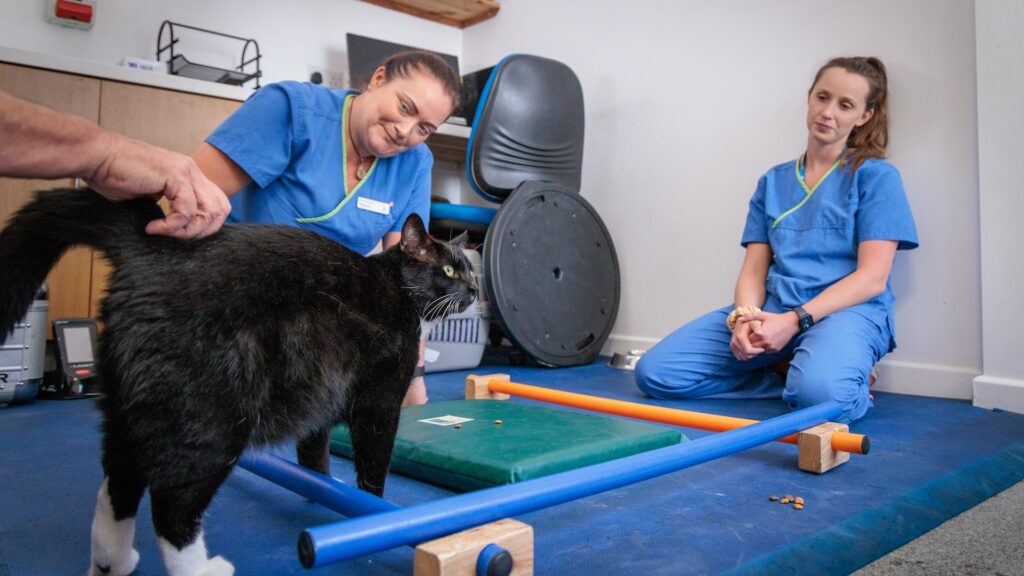
What are the benefits of physiotherapy?
The benefits of physiotherapy are to reduce pain, swelling and muscle spasm. It helps to encourage healing and improve range of movement, prevents secondary complications, enhances and/or maintains function.
Chartered physiotherapists examine movement and posture. Their expertise is developed by having an in-depth knowledge of anatomy, biomechanics, pathology and physiology which enables them to assess and treat injuries and diseases of the musculoskeletal system.
Examples of conditions treated:
- Post orthopaedic surgery cases
- Spinal pain
- Tendon and ligament muscle strains
- Muscle atrophy
- Nerve damage
- Arthritic stiffness
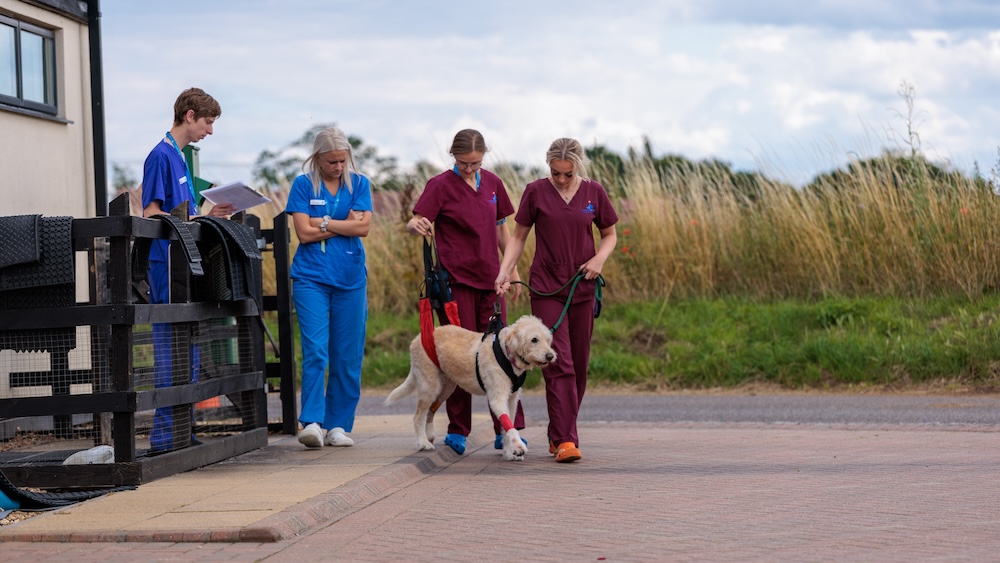
ENVIRONMENT OF HEALING
What physiotherapeutic facilities are available at Fitzpatrick Referrals?
Patients will often benefit from multiple treatment options to optimise their recovery and function.
Game Ready – ice and compression therapy
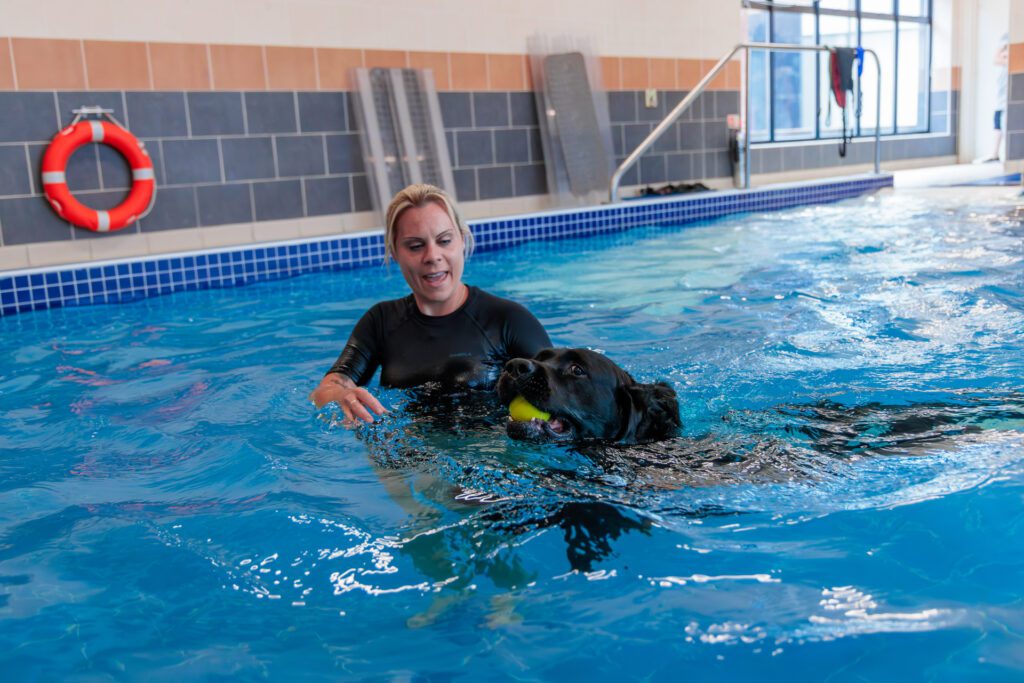
Game Ready – ice and compression therapy
Ice therapy is the application of ice or cold therapy to a specific area to reduce pain, swelling and inflammation to promote healing.
The Game Ready is our newest piece of physiotherapeutic equipment. This tool provides ice and compression at the same time and in doing so can assist with reducing swelling. This is particularly useful in the immediate post-operative phase, especially with joint surgery cases. The treatment can be applied as the patient leaves the operating theatre and repeated at intervals throughout the day until the swelling has reduced.

Game Ready – ice and compression therapy
Ice therapy is the application of ice or cold therapy to a specific area to reduce pain, swelling and inflammation to promote healing.
The Game Ready is our newest piece of physiotherapeutic equipment. This tool provides ice and compression at the same time and in doing so can assist with reducing swelling. This is particularly useful in the immediate post-operative phase, especially with joint surgery cases. The treatment can be applied as the patient leaves the operating theatre and repeated at intervals throughout the day until the swelling has reduced.
Gym balls / wobble cushions / Therabands – core stability and strength training
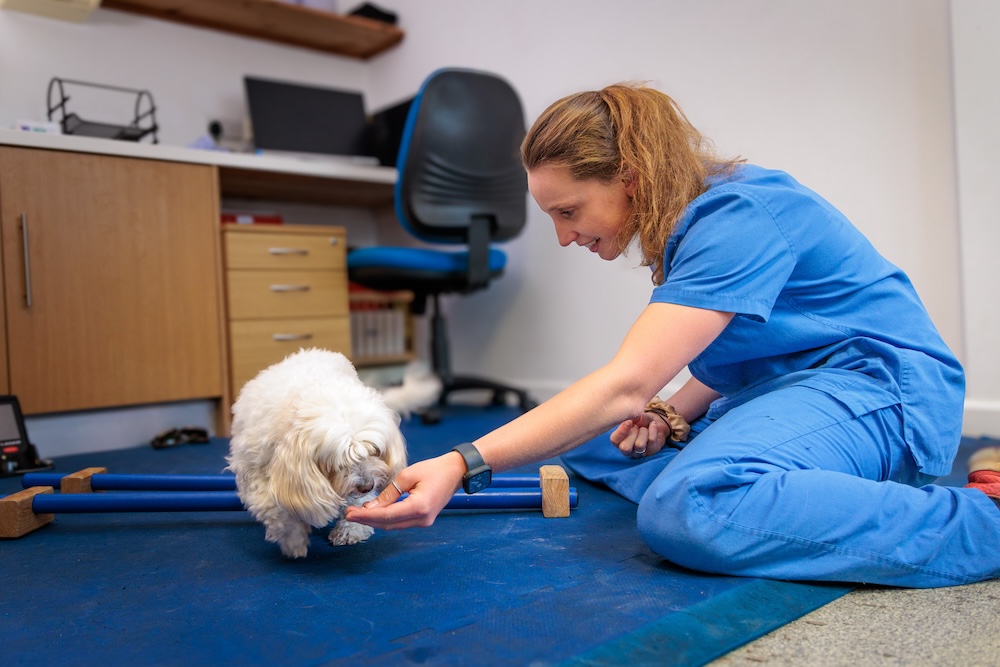
Gym balls / wobble cushions / Therabands – core stability and strength training
During rehabilitation, most patients have experienced a time of immobility or disuse of a limb and muscle groups. This can have a significant impact overall on core stability and strength. Core stability can be challenged by using various modalities to target the major supportive muscle groups of the limbs, trunk and spine. These modalities are also very beneficial for ‘fine-tuning’ smaller muscle groups used for more intricate movements.

Gym balls / wobble cushions / Therabands – core stability and strength training
During rehabilitation, most patients have experienced a time of immobility or disuse of a limb and muscle groups. This can have a significant impact overall on core stability and strength. Core stability can be challenged by using various modalities to target the major supportive muscle groups of the limbs, trunk and spine. These modalities are also very beneficial for ‘fine-tuning’ smaller muscle groups used for more intricate movements.
Transcutaneous electrical nerve stimulation (TENS)
Transcutaneous electrical nerve stimulation (TENS)
TENS is the use of an electric current generated by a device and delivered through adhesive electrodes placed on the skin of the patient stimulating nerves to provide pain relief. It has a very similar application to the muscle stimulator but it simply provides pain relief. TENS works most effectively when it is introduced early in the postoperative or injury phase. It can be applied for up to 8 hours per day and is very well tolerated in conscious patients.
Transcutaneous electrical nerve stimulation (TENS)
TENS is the use of an electric current generated by a device and delivered through adhesive electrodes placed on the skin of the patient stimulating nerves to provide pain relief. It has a very similar application to the muscle stimulator but it simply provides pain relief. TENS works most effectively when it is introduced early in the postoperative or injury phase. It can be applied for up to 8 hours per day and is very well tolerated in conscious patients.
Electromuscular stimulation (EMS)
Electromuscular stimulation (EMS)
Elicitation of muscle contraction using electric impulses generated by a device similar to TENS and delivered through adhesive electrodes placed on the skin in direct proximity to the muscles to be stimulated.
Muscles can be artificially stimulated if, for example, a patient is recumbent and unable to elicit a muscle contraction itself. The units provide “nutrition” to the muscle by stimulating blood flow to the area. The machines maintain a muscle’s current state to prevent further wastage and can be used to provide more stimulation later on in rehabilitation when controlled loading of a muscle is needed. The treatments are well tolerated, and most often, the patients sleep through the session.
Electromuscular stimulation (EMS)
Elicitation of muscle contraction using electric impulses generated by a device similar to TENS and delivered through adhesive electrodes placed on the skin in direct proximity to the muscles to be stimulated.
Muscles can be artificially stimulated if, for example, a patient is recumbent and unable to elicit a muscle contraction itself. The units provide “nutrition” to the muscle by stimulating blood flow to the area. The machines maintain a muscle’s current state to prevent further wastage and can be used to provide more stimulation later on in rehabilitation when controlled loading of a muscle is needed. The treatments are well tolerated, and most often, the patients sleep through the session.
Neuromuscular electrical stimulation (NMES)
Neuromuscular electrical stimulation (NMES)
Elicitation of muscle contraction using electrical impulses in a similar manner to EMS although tends to be utilised in a more advanced phase of rehabilitation to increase strength and endurance of particular muscles. This is a modality frequently used in ‘fine tuning’ human athletes.
Neuromuscular electrical stimulation (NMES)
Elicitation of muscle contraction using electrical impulses in a similar manner to EMS although tends to be utilised in a more advanced phase of rehabilitation to increase strength and endurance of particular muscles. This is a modality frequently used in ‘fine tuning’ human athletes.
Class IV laser
Class IV laser
Non-invasive use of laser (light) energy to generate a healing response in damaged or dysfunctional tissues. Used for the alleviation of pain, to reduce inflammation, accelerate recovery and facilitate improved function and mobility.
Conditions that benefit from laser therapy are wounds, poor bone healing, soft tissue strains and painful swollen joints. The treatment sessions are relatively short and are well tolerated. Most often a case will require 1-2 sessions of laser per week for up to 4 weeks but this really does vary from case to case.
Class IV laser
Non-invasive use of laser (light) energy to generate a healing response in damaged or dysfunctional tissues. Used for the alleviation of pain, to reduce inflammation, accelerate recovery and facilitate improved function and mobility.
Conditions that benefit from laser therapy are wounds, poor bone healing, soft tissue strains and painful swollen joints. The treatment sessions are relatively short and are well tolerated. Most often a case will require 1-2 sessions of laser per week for up to 4 weeks but this really does vary from case to case.
Outdoor exercise arena
Outdoor exercise arena
Some rehabilitation programmes require specific semi-advanced / advanced exercise therapy to be included. We are able to offer and utilise an area that has many agility-type pieces of equipment. We use this at various stages of a patient’s recovery and can adapt the equipment to suit even the less able patient. Whilst we use this equipment frequently with our inpatients, we also offer this service to outpatients as a treatment session and can use the equipment to demonstrate how an owner might be able to replicate certain exercises at home.
Outdoor exercise arena
Some rehabilitation programmes require specific semi-advanced / advanced exercise therapy to be included. We are able to offer and utilise an area that has many agility-type pieces of equipment. We use this at various stages of a patient’s recovery and can adapt the equipment to suit even the less able patient. Whilst we use this equipment frequently with our inpatients, we also offer this service to outpatients as a treatment session and can use the equipment to demonstrate how an owner might be able to replicate certain exercises at home.
Book an appointment
Please provide the following:
To book an appointment, your primary care vet will need to send us a referral for your pet, following which, one of our team will be in contact with you to arrange the appointment.
For ongoing physiotherapy appointments, please give us a call on 01483 423761 and we can arrange this for you. We also offer post-operative boarding facilities for those cases requiring intensive rehabilitation.
Physiotherapy outpatient clinic hours
Monday 8.30am – 4pm
Tuesday – Wednesday 8am – 2.30pm
Thursday – Friday 8.30am – 2.30pm
Saturday CLOSED
Sunday & bank holidays CLOSED
Refer a patient today
Veterinary professionals – register to refer patients quickly and efficiently, and view your referral history.
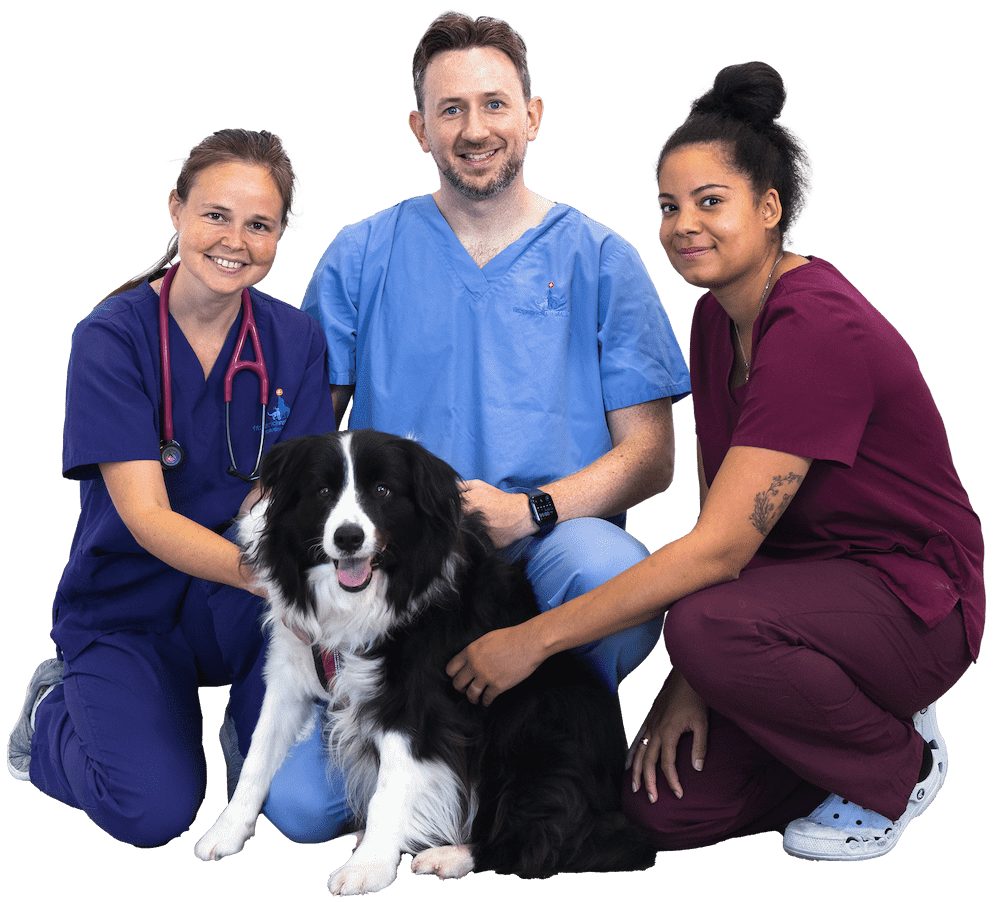
CASE STUDIES
Patient stories
Our patient stories give insight into the inspirational journeys of the animals who come through our doors and how we helped them.
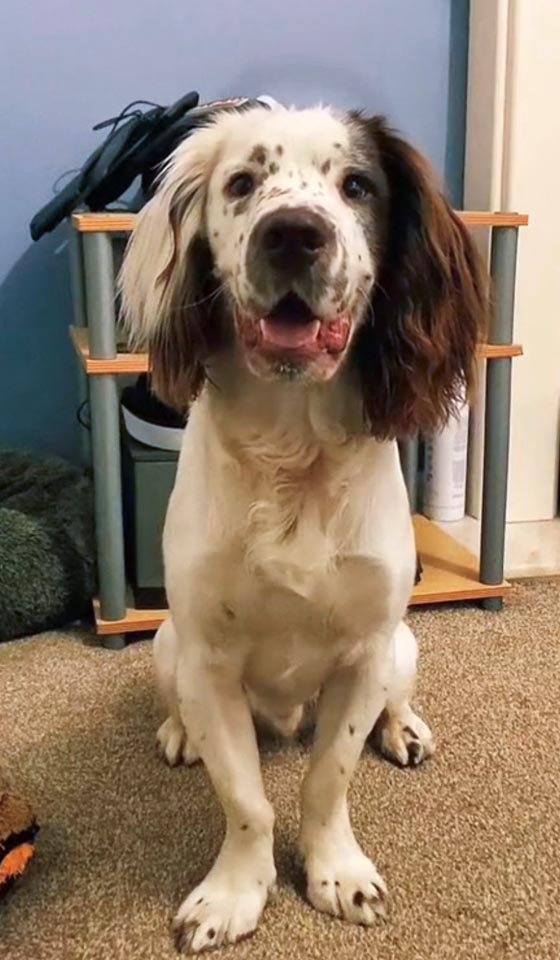
PATIENT STORY
Monty’s bilateral antebrachial growth deformity
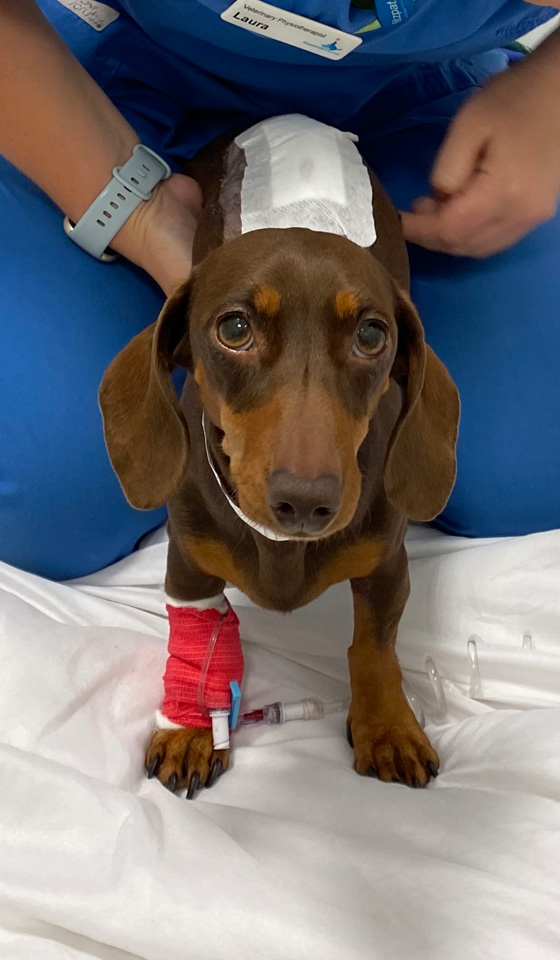
PATIENT STORY
Ellie’s intervertebral disc extrusion (IVDE)
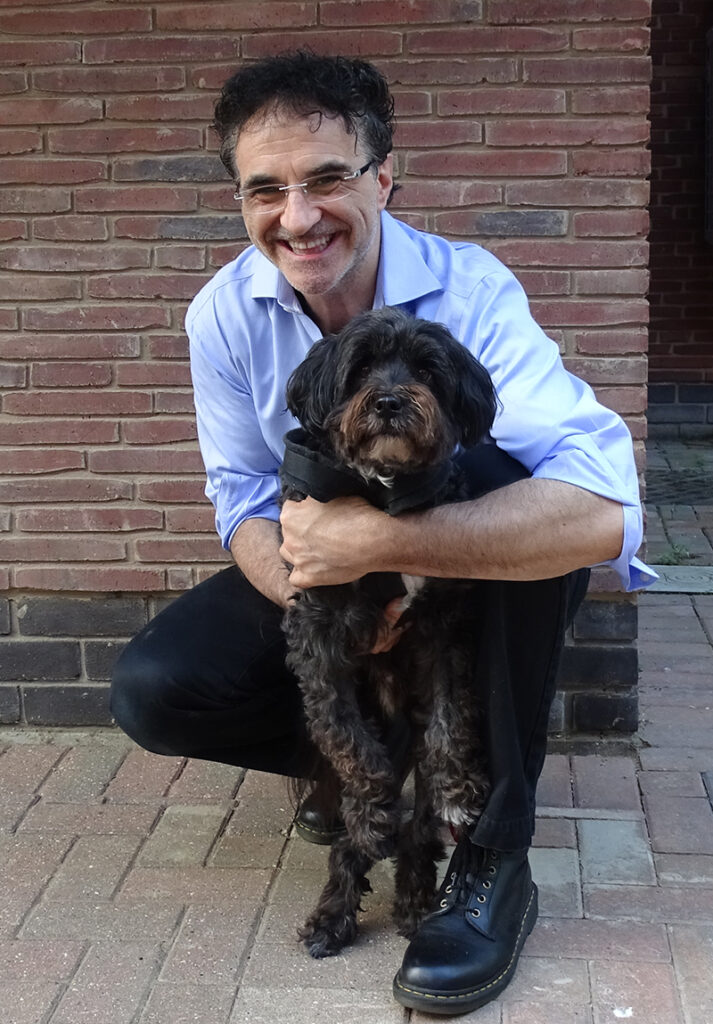
PATIENT STORY
Sunny’s rotating hinge total knee replacement
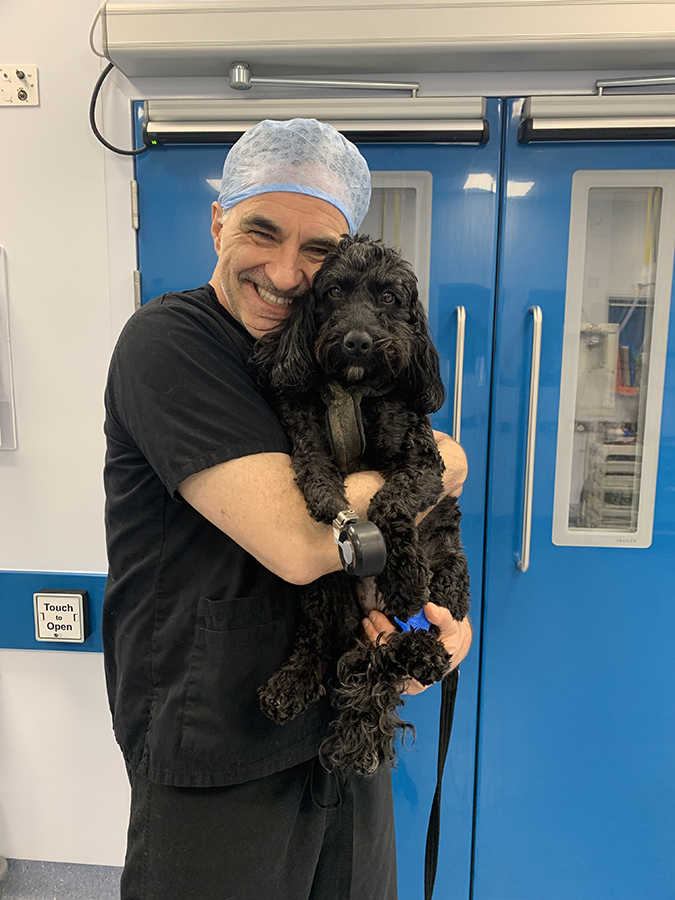
PATIENT STORY
Betsy’s amputation prosthesis
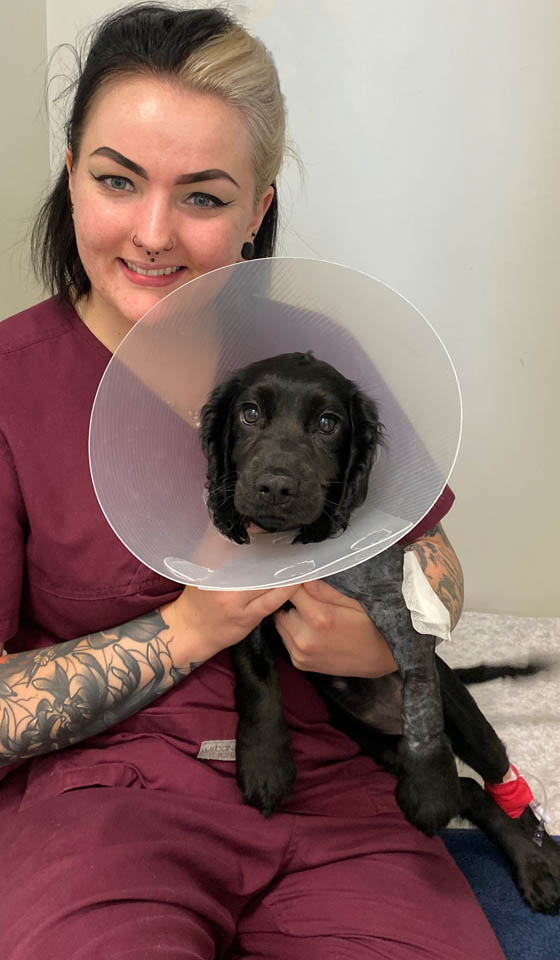
PATIENT STORY
Juno’s humeral condylar fracture

PATIENT STORY
Harrison’s forelimb lameness
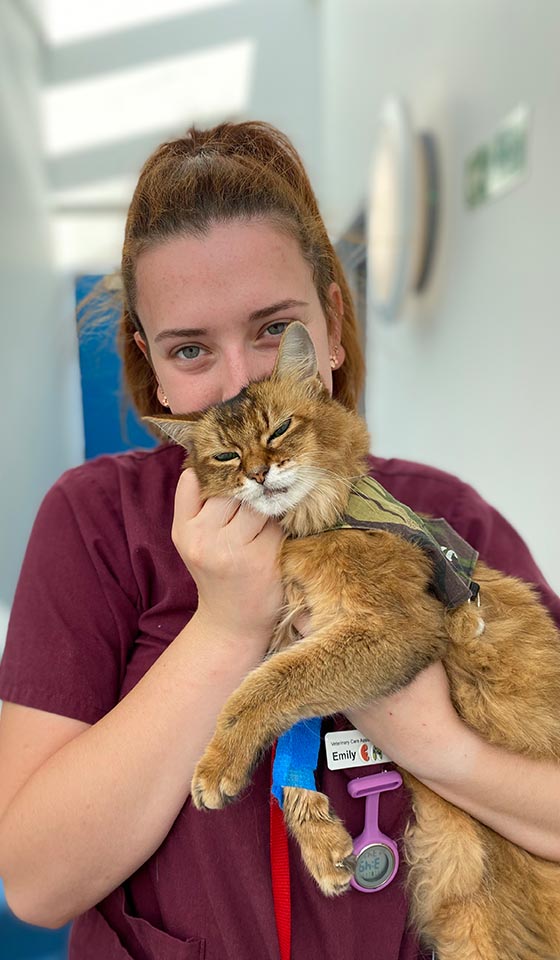
PATIENT STORY
Jack’s middle / inner ear infection
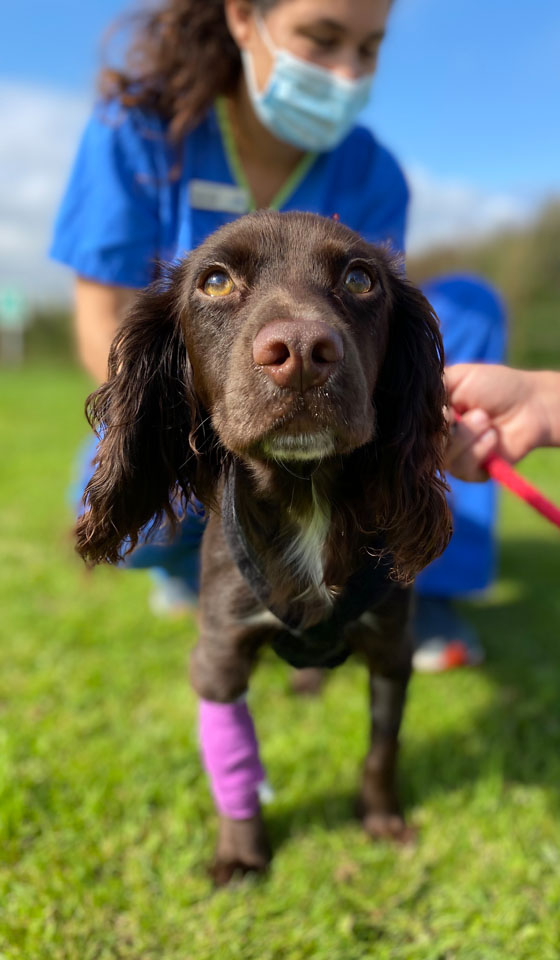
PATIENT STORY
Kenji’s pelvic fracture
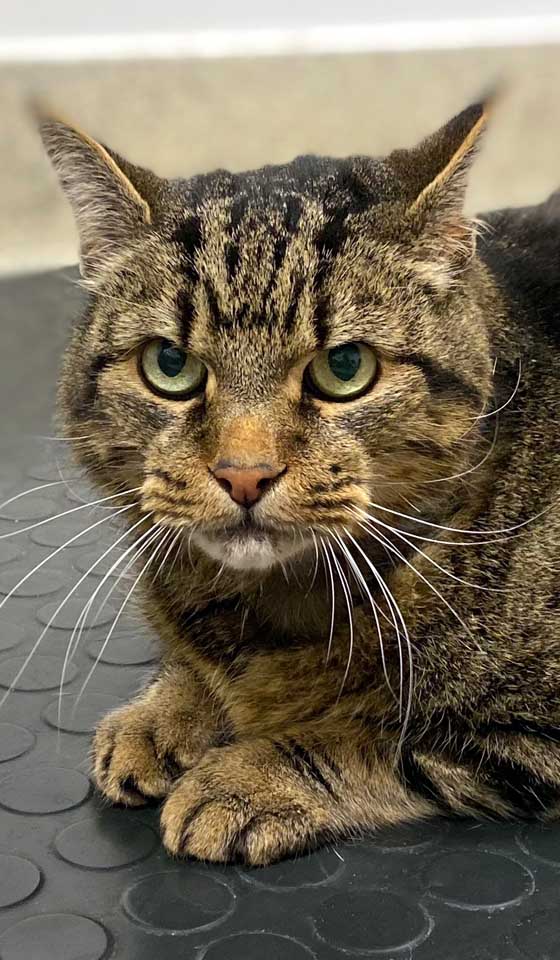
PATIENT STORY
Doug’s spinal tumour

PATIENT STORY
Gibson’s pelvic fracture
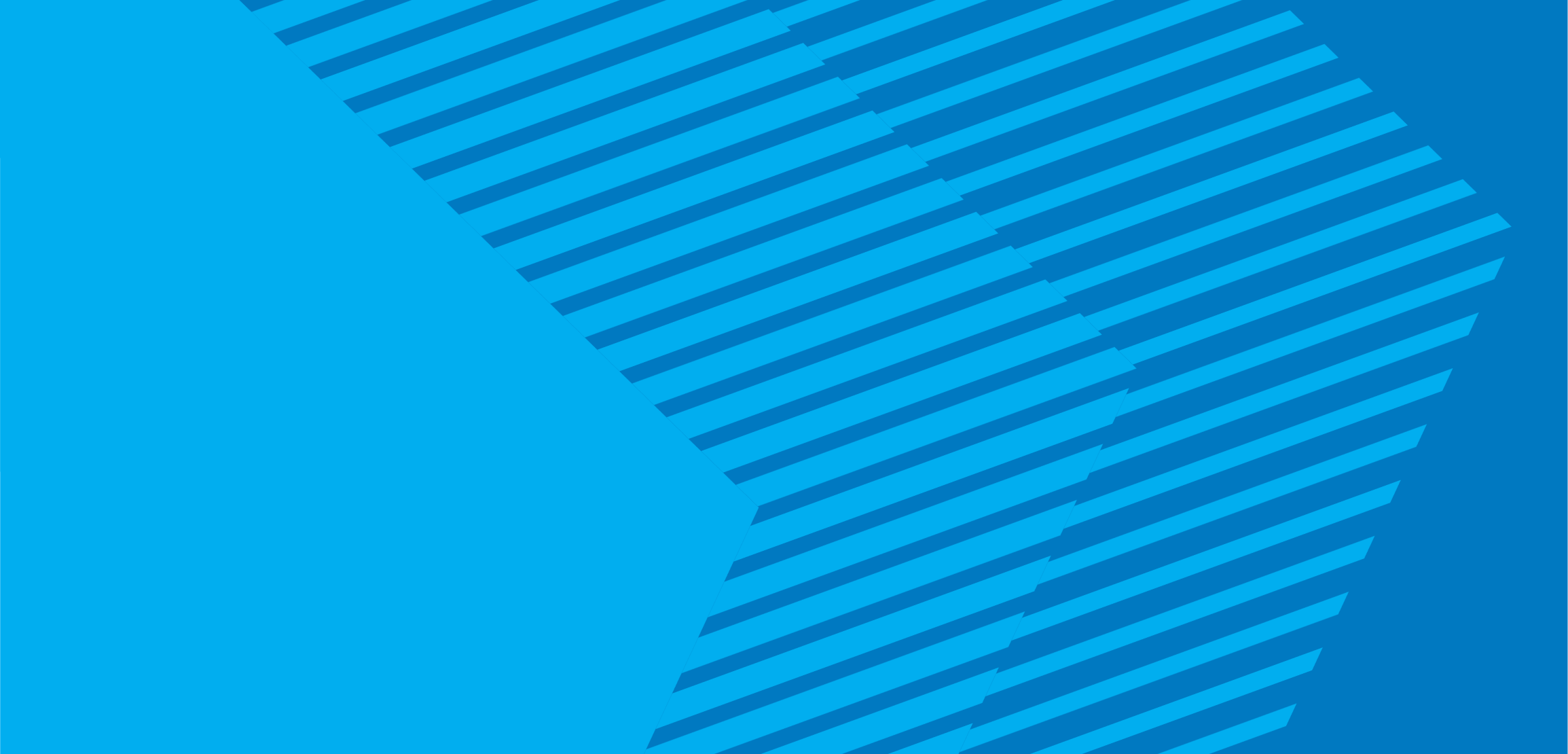
CAREERS
Join the team
We are always looking to strengthen our team with skilled, dedicated, passionate professionals.

